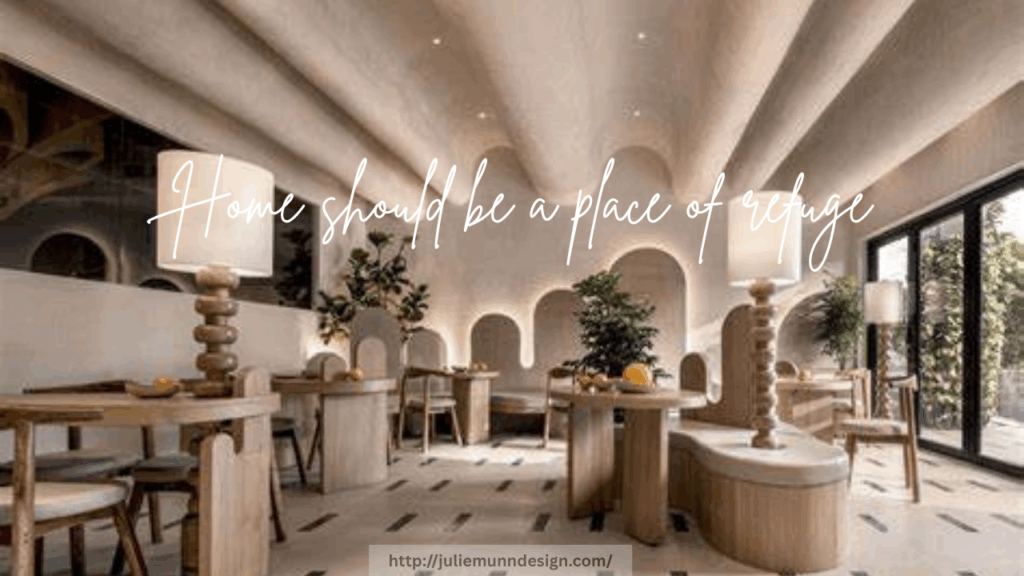From Chaos to Calm: Using Interior Design to Reduce Anxiety and Stress

In the hustle and bustle of daily life, your home should be a place of refuge—a space where the mind can rest and the body can recharge. However, for many, the home becomes a source of added stress due to clutter, poor lighting, or disorganized layouts. The good news is that interior design can do more than just beautify your space—it can support your mental health. With intentional choices, you can transform a chaotic home into a sanctuary that soothes anxiety and reduces stress.
The Psychology of Space
Our environment has a powerful effect on our emotions and behavior. A cluttered or noisy space can increase cortisol levels, trigger anxiety, and make it harder to focus or relax. On the other hand, calm, well-organized interiors can help promote a sense of control, peace, and emotional stability. By aligning your home’s design with the principles of comfort and clarity, you create an environment that supports your well-being.
Declutter for Mental Clarity
One of the quickest ways to reduce stress at home is by decluttering. Excess objects create visual chaos and make it harder for the mind to relax. Adopting a minimalist mindset—keeping only what you use and love—can instantly create more physical and mental space. Use concealed storage to keep everyday items out of sight and invest in smart organizational systems to keep things tidy with minimal effort.
Choose Soothing Color Palettes
Color plays a significant role in mood regulation. To create a calming atmosphere, opt for soft, muted tones like pale blues, sage greens, warm neutrals, and gentle greys. These colors are known for their calming effects and can make a space feel more open and breathable. Avoid overly bright or clashing colors in rooms meant for relaxation, such as bedrooms and living areas.
Incorporate Natural Elements
Bringing nature indoors has proven stress-reducing benefits. This can be achieved through houseplants, natural materials (like wood, stone, or cotton), or even nature-inspired artwork. Plants not only improve air quality but also add life and tranquility to any room. The presence of natural textures and colors helps mimic the soothing environment of the outdoors.
Use Lighting Strategically
Harsh overhead lights can be overstimulating and stress-inducing. Instead, opt for soft, layered lighting using floor lamps, table lamps, and dimmers. Natural light is also essential—open your blinds during the day and arrange furniture to maximize sunlight. In the evening, warm-toned lighting helps signal the body that it’s time to wind down.
Design for Function and Flow
A chaotic layout can make daily routines more frustrating than they need to be. Design your space with functionality in mind—ensure there’s an intuitive flow between rooms, and that high-use areas like the kitchen or workspace are streamlined and organized. Less friction in your daily movement leads to more peace of mind.
By making intentional design choices, you can turn your home into a place that nurtures rather than drains you. From calming colors to clutter-free surfaces, every detail plays a role in easing anxiety and restoring balance. Interior design isn’t just about aesthetics—it’s about creating an environment where you can truly feel at peace.